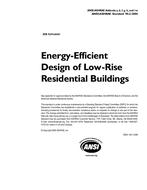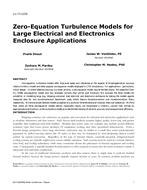Click here to purchase
The materials that compose the built environment have a key role in the resulting energy demand since their thermal properties affect the heat transfer processes. The use of cool materials aims at increasing the albedo of the urban surfaces and decreasing the heat absorbed by them. Cool materials can decrease roof temperatures, reduce energy needs for cooling and improve indoor comfort for spaces that are not air conditioned. Two new cool materials have been developed to be installed on the roof of two buildings in Cadiz, Spain and London; these are demonstration buildings of the H2020 project ReCO2ST which focuses on the NZEB retrofit of residential buildings with improved environmental quality and cost of installation. For Cadiz, a two-component acryl-epoxy hybrid water base coating was developed and for London a PVC roofing membrane with TiO2. Open Studio and Energy Plus were used to model and simulate the current situation as well as the scenario with the proposed cool materials. In Cadiz, the application of cool materials on the roof and on the south-east wall showed that a substantial reduction can be achieved in cooling needs by 30% leading to better thermal comfort. In London, simulation of the proposed cool material applied on the top of the roof, showed a significant effect in air room temperature and surface temperature reduction during a summer midday.
Citation: IAQ 2020: Indoor Environmental Quality
Product Details
- Published:
- 2020
- Number of Pages:
- 10
- File Size:
- 1 file
- Product Code(s):
- D-IAQ2020-C38
- Note:
- This product is unavailable in Belarus, Russia


